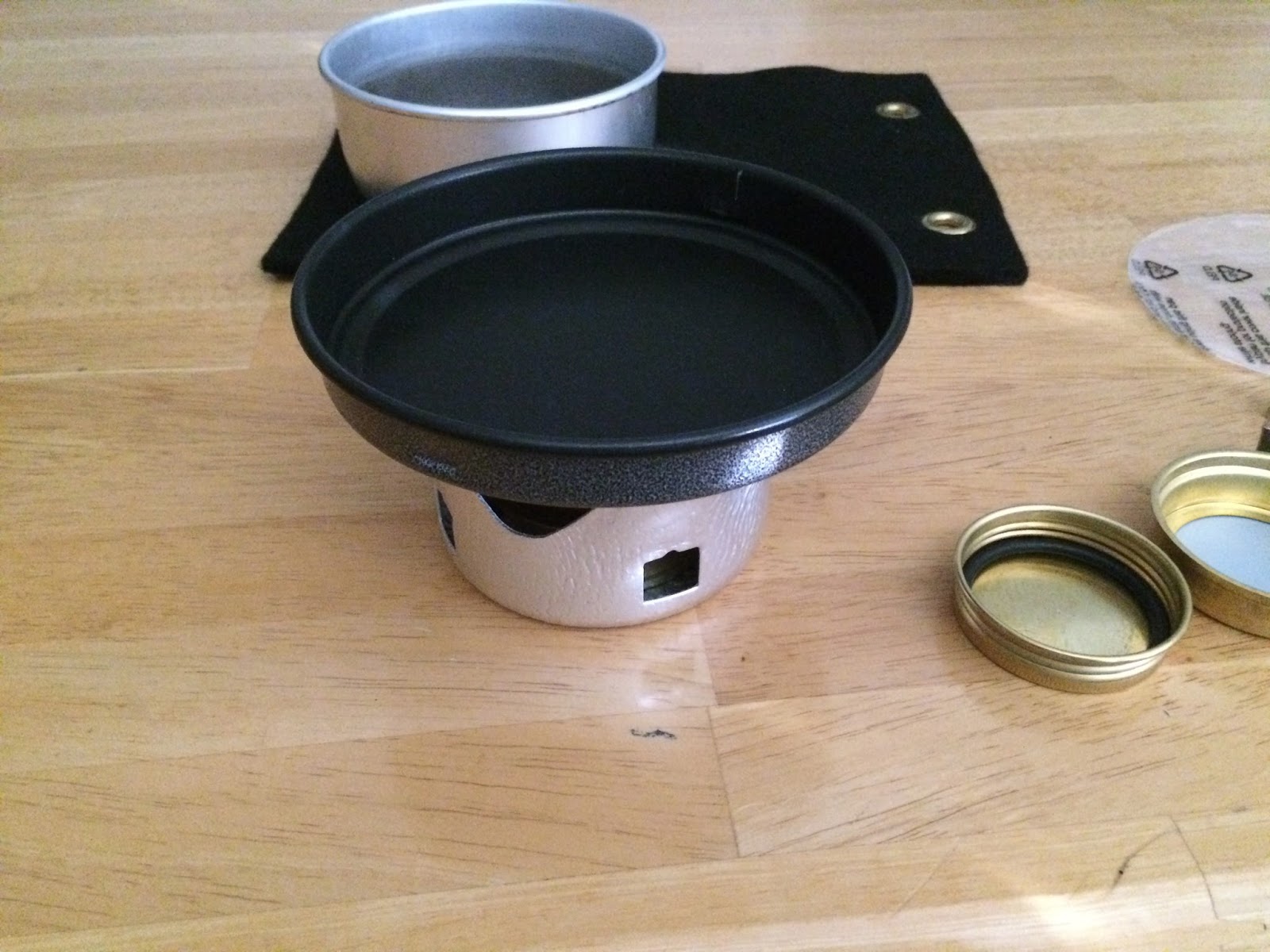Would I buy an alcohol stove, or build one? The answer depends on my use.
BSA (scouting)
For BSA (scouting) you must purchase a stove. The BSA regulations for stoves explicitly prohibit "Equipment that is handcrafted, homemade, modified, or installed beyond the manufacturer’s stated design limitations or use. Examples include alcohol-burning “can” stoves, smudge pots, improperly installed heaters, and propane burners with their regulators removed." Notice how the BSA explicitly calls out "can" stoves. Because of the screw lid and snuff ring I would favor the Trangia or Esbit stoves, and add a separate wind screen and stand. The Trangia Triangle being very good candidate for a stand. I would add an aluminum wind screen similar to the ones that come with MSR stoves. You can find instructions on making your own wind screen on the web.
If I had the funds, I might consider purchasing the pricey Evernew stove set. I would have to weigh the ability to conserve fuel to the lighter titanium stove. I am impressed with this stove system.
If I had the funds, I might consider purchasing the pricey Evernew stove set. I would have to weigh the ability to conserve fuel to the lighter titanium stove. I am impressed with this stove system.
Use not including BSA
I would build a soda can stove, solve the pot stand problem, and use an aluminum wind screen.
To solve the stand and wind screen issue I am experimenting with the Vargo Hexagon Wood stove as combination wind screen and pot stand. The Hexagon works great as a stand. I believe the wind screen should shield past the division between stand and pot. This keeps the wind from deflecting the flame away from the pot. Since the pot sits on top of the Hexagon, there is no protection at the division. I need to field use the Hexagon to validate the wind screen aspect.
There are other stands and wind screens, you can even make you own. I am still experimenting with the pot stands and will update this post when I reach a conclusion.
One of the reason I really like the Trangia 27 stove system is the stand, wind screen and pot design. The stove actually seems to perform better in a breeze than in absolute calm. The Trangia 27 is just too bulky and too heavy for me to want to carry.
To solve the stand and wind screen issue I am experimenting with the Vargo Hexagon Wood stove as combination wind screen and pot stand. The Hexagon works great as a stand. I believe the wind screen should shield past the division between stand and pot. This keeps the wind from deflecting the flame away from the pot. Since the pot sits on top of the Hexagon, there is no protection at the division. I need to field use the Hexagon to validate the wind screen aspect.
There are other stands and wind screens, you can even make you own. I am still experimenting with the pot stands and will update this post when I reach a conclusion.
One of the reason I really like the Trangia 27 stove system is the stand, wind screen and pot design. The stove actually seems to perform better in a breeze than in absolute calm. The Trangia 27 is just too bulky and too heavy for me to want to carry.
















































